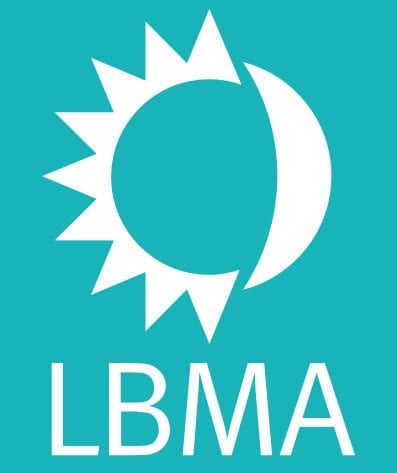Introduction
When you’re looking into gold, silver, platinum, or palladium, chances are you’ll come across the “London Fix” or LBMA Price. It’s a key reference point, but not everyone knows the ins and outs of how it’s determined, why it’s so important, or how it affects everyone from big refineries to everyday buyers. Essentially, the London Fix is a daily auction that sets benchmark prices for these metals in a straightforward, open way. It underpins billions in global trades, investments, and industrial deals.
What is the London Fix?
The London Fix is often referred to as the LBMA Gold Price, LBMA Silver Price, or LBMA benchmarks for platinum and palladium. It is a daily auction managed by the London Bullion Market Association (LBMA) and its administrators. Gold gets two fixes every business day: one at 10:30 a.m. and another at 3 p.m. London time. Silver is set once a day at noon, while platinum and palladium are fixed twice daily. This brings together fifteen direct participants, including major bullion banks and traders to settle on a price where large-scale buys and sells can happen.

Historical Context
The London Fix traces its origins back over a century, with the first official gold price set on September 12, 1919, by a consortium of major bullion dealers and refiners at the offices of N.M. Rothschild & Sons in London. What began as a single daily fixing soon expanded to twice-daily sessions to better serve international financial and commodities markets. Decade by decade, the Fix has moved from in-person, wood-panelled rooms to teleconferencing and now to fully electronic auctions spanning not just gold but also silver, platinum, and palladium. Each innovation was spurred by a need for greater efficiency, inclusivity, and global relevance.
How the Price is Set
It all starts with a chairperson suggesting an initial price based on the current spot market. Participants then figure out how much metal they’d buy or sell at that level, drawing from client orders and their own positions. The chair tallies up the totals to see if buys and sells match. If there’s an imbalance – say, more buyers than sellers – the price gets bumped up. Too many sellers? It drops. This back-and-forth continues, with orders shifting as the price changes, until everything balances out. Once it does, that’s the official fix, broadcast around the world. For gold, this usually wraps up in 10 to 15 minutes, though it can drag on for over an hour during choppy markets. Silver’s process is quicker, running in 30-second intervals until equilibrium hits.
Why the London Fix Matters
This benchmark is the go-to for physical trades and settlements in precious metals. It’s what mines, refineries, mints, and even central banks rely on for deals. Retail spots like dealers and online sellers peg their coin and bar prices to it too. Plus, it’s tied into derivatives like futures and options, offering a steady, clear foundation for the market. By pooling diverse interests, it creates a price that feels fair and grounded, cutting through fleeting ups and downs to give traders and investors some solid footing.
Transparency, Evolution, and Controversy
The system has come a long way – from face-to-face gatherings to phone calls and now fully electronic auctions, all to boost openness and security. Back in the day, it drew flak for weak oversight and risks of manipulation, which sparked major reforms and stricter guidelines. These days, the LBMA teams up with ICE Benchmark Administration for gold and silver, and handles platinum and palladium in-house, aiming for something impartial and easy to audit. Participants chip in a small fee – roughly 20 cents per troy ounce for gold – to cover costs, which helps shape the bid-ask spread right then and there.
Conclusion
At its core, the London Fix is what keeps precious metals pricing steady and reliable, anchoring countless transactions every day. For anyone dealing in gold, silver, platinum, or palladium, it’s worth understanding the mechanics, the significance, and the ongoing tweaks in a world that runs on trust and accuracy. If you are looking to purchase coins, bars, or if you are closing out contracts, the London Fix gives you a dependable market snapshot. You can track these prices on the Gerrards Bullion website, allowing you to see precisely how the base price for your investments is nailed down, whether you’re a big player or just holding a single coin.





